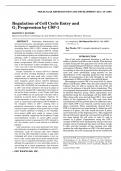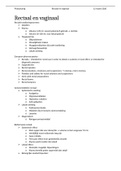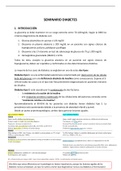Tentamen (uitwerkingen)
Regulation of Cell Cycle Entry and G1 Progression by CSF-1
- Vak
- Instelling
RECEPTOR ON CELL PROLIFERATION Mutations in the receptor were made to evaluate the roles of various tyrosine residues in receptor function (Roussel and Sherr, 1993; Roussel, 1994). Remarkably, the deletion of the kinase insert did not have any significant effect on the ability of the cell to r...
[Meer zien]






